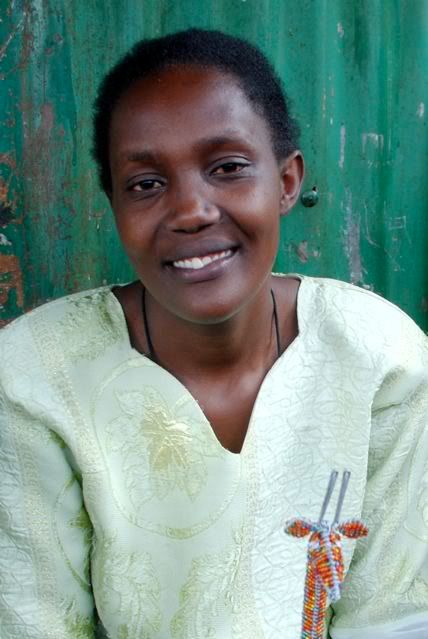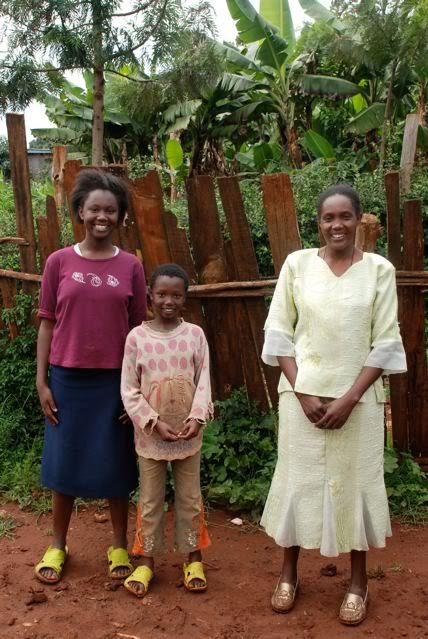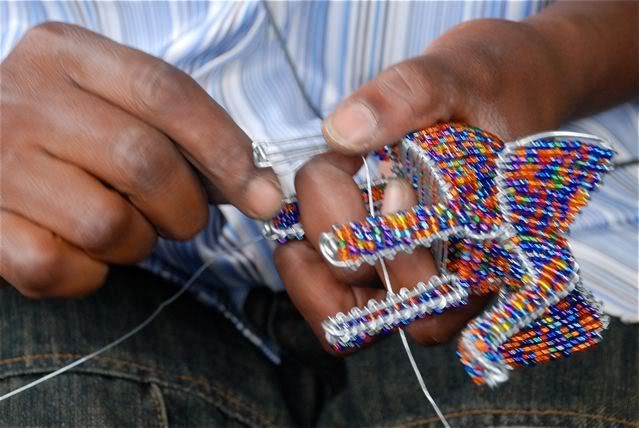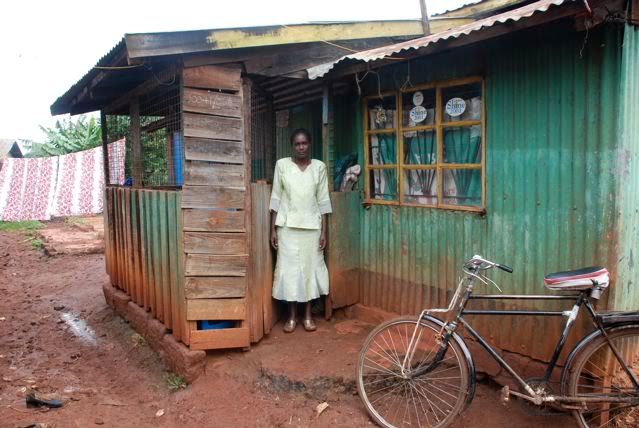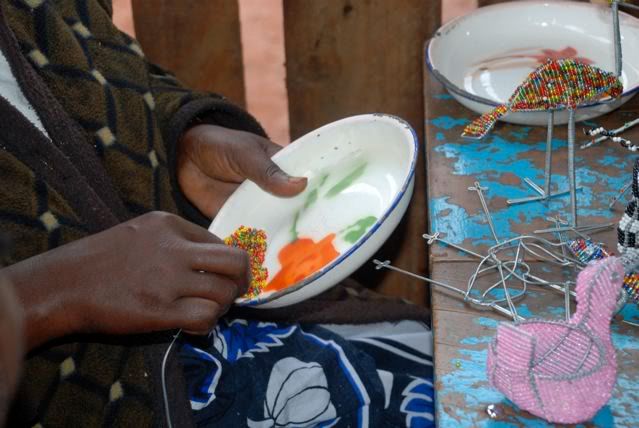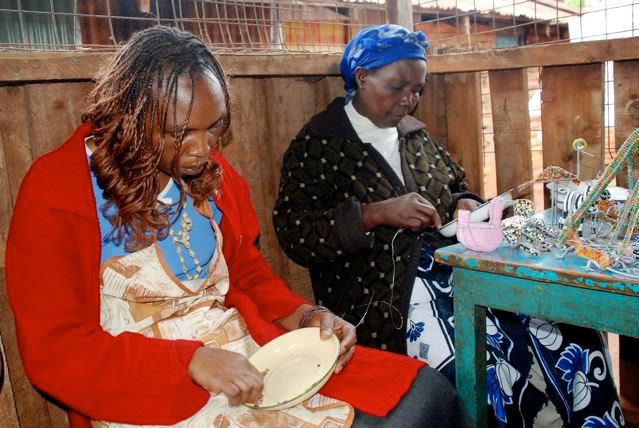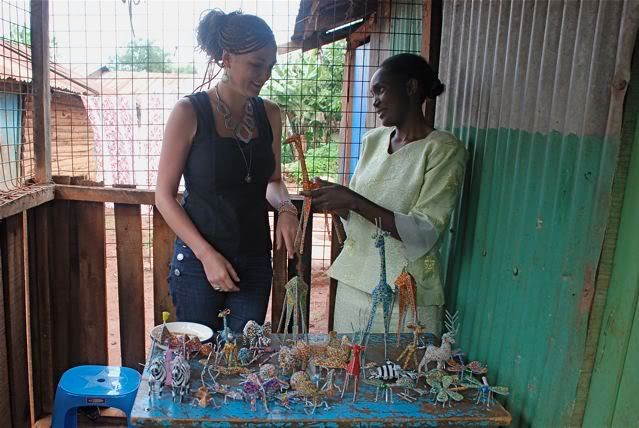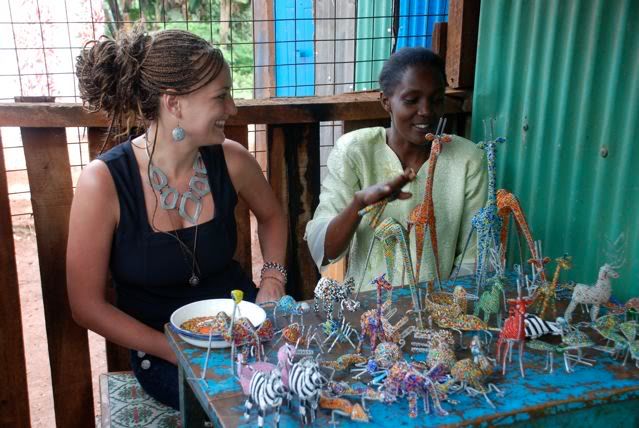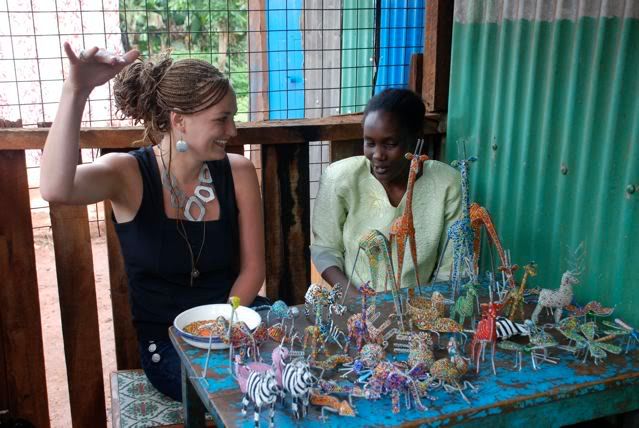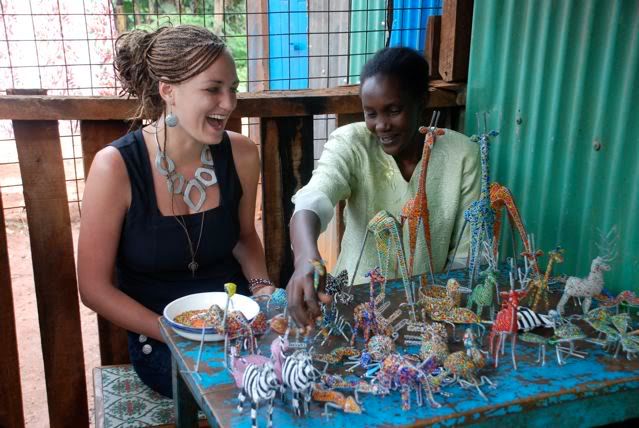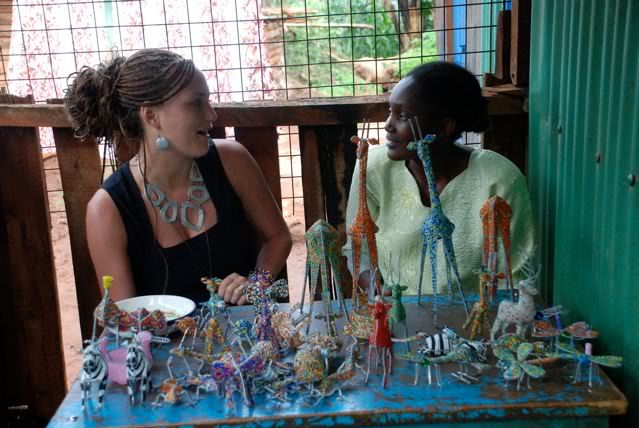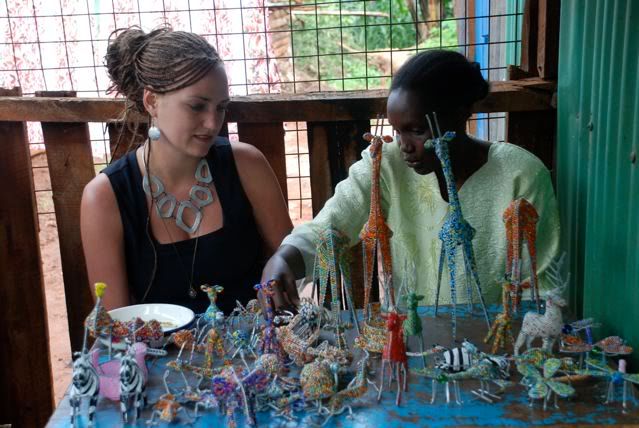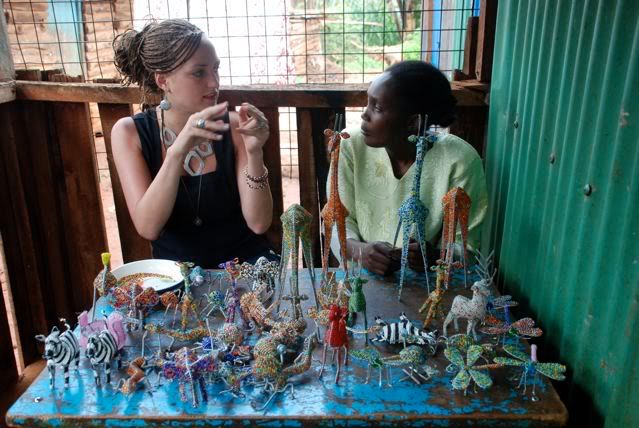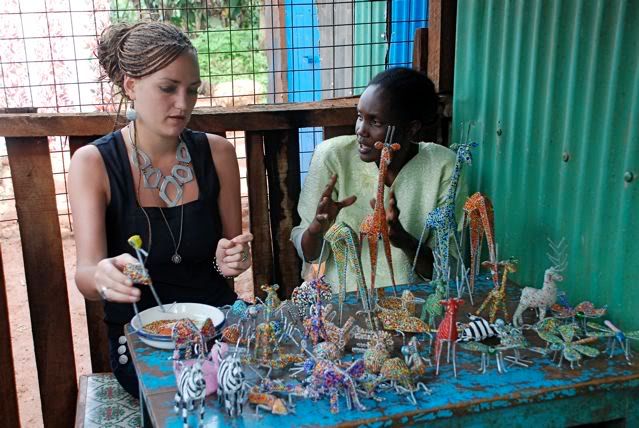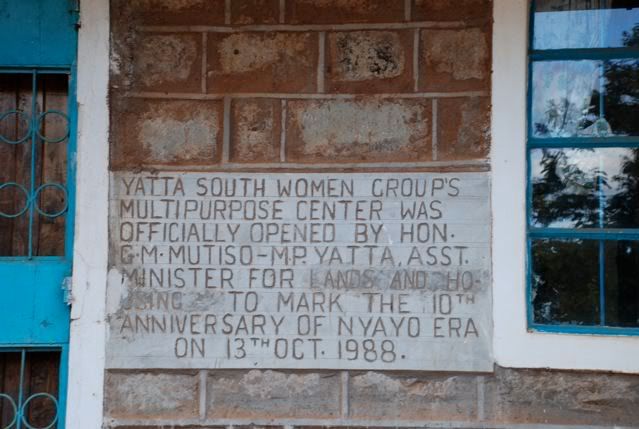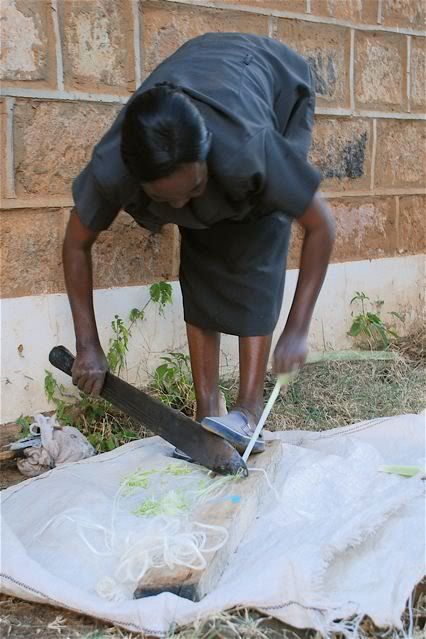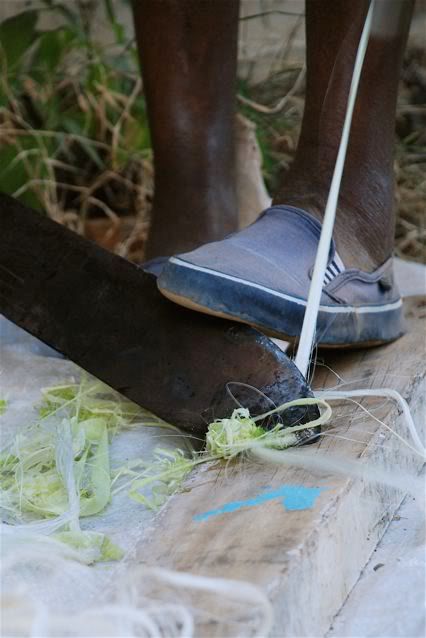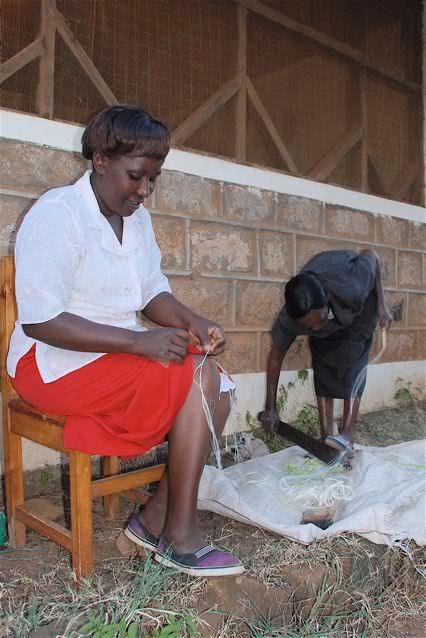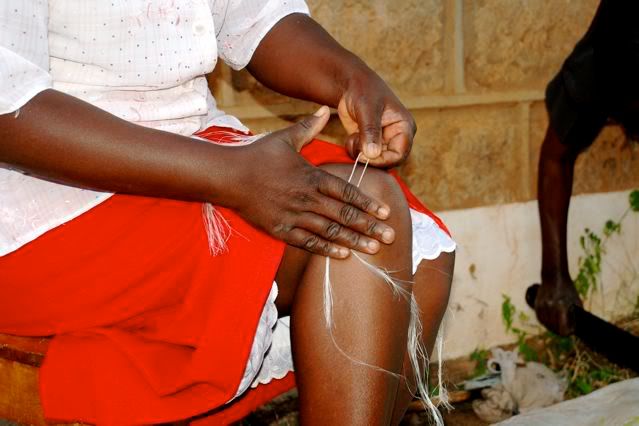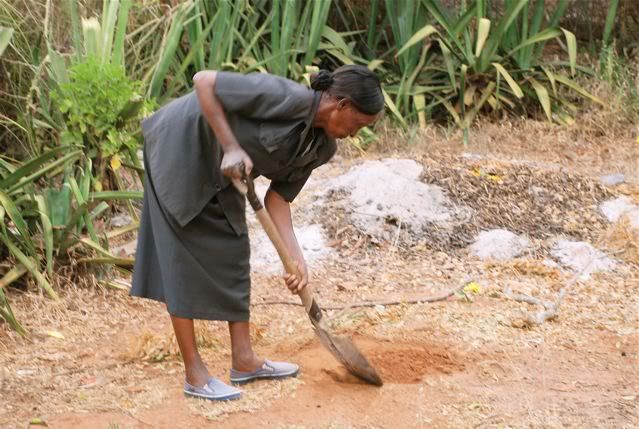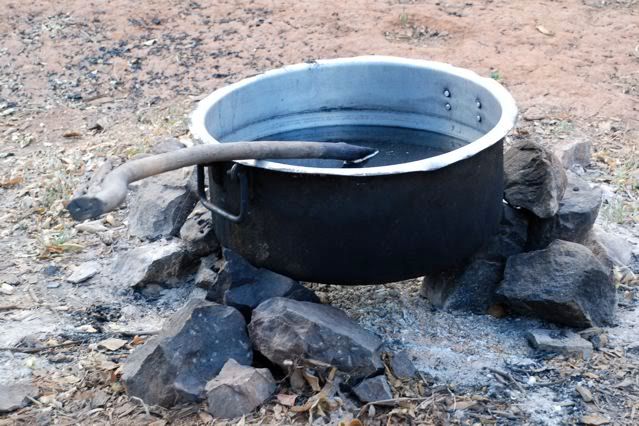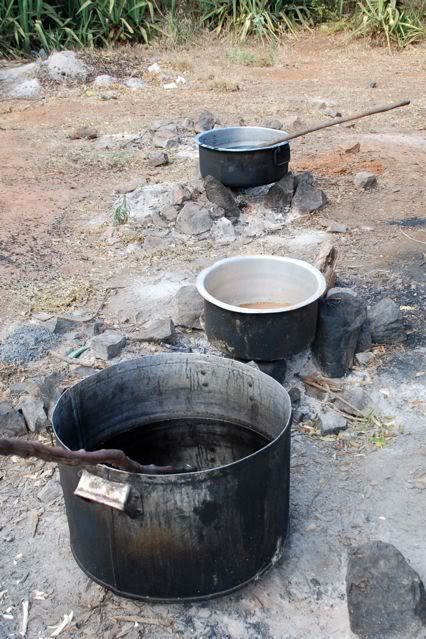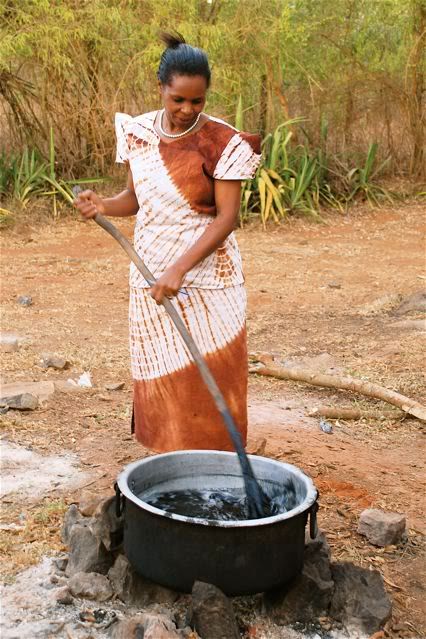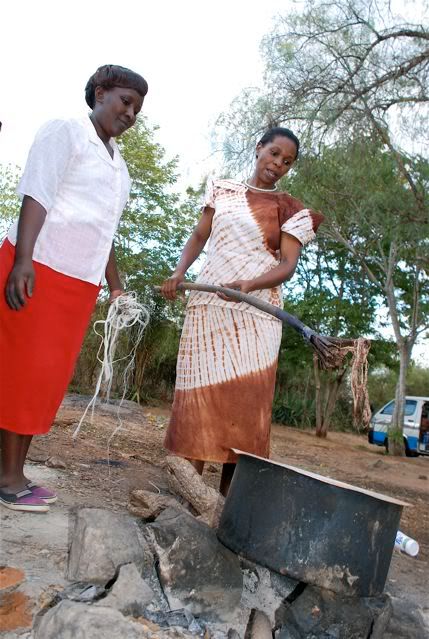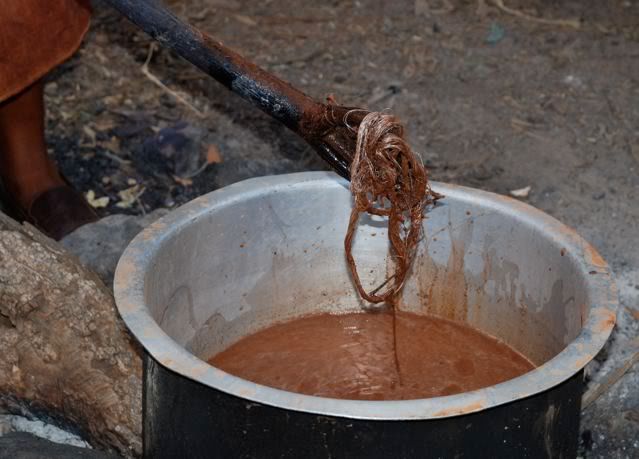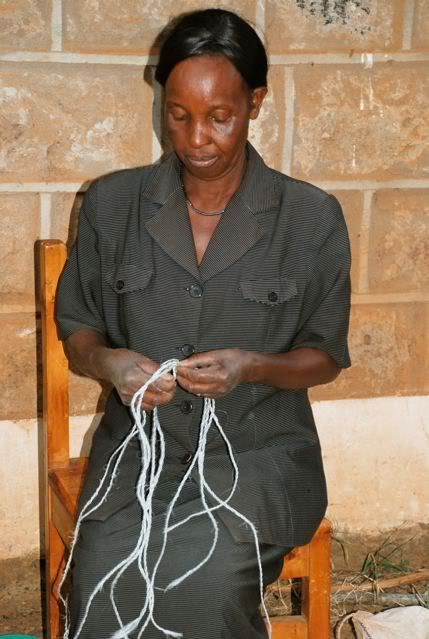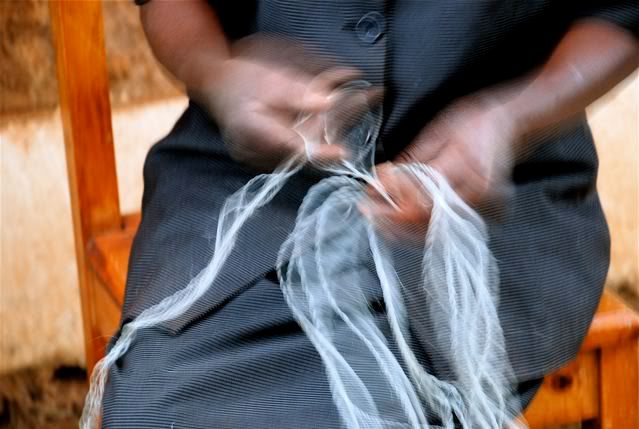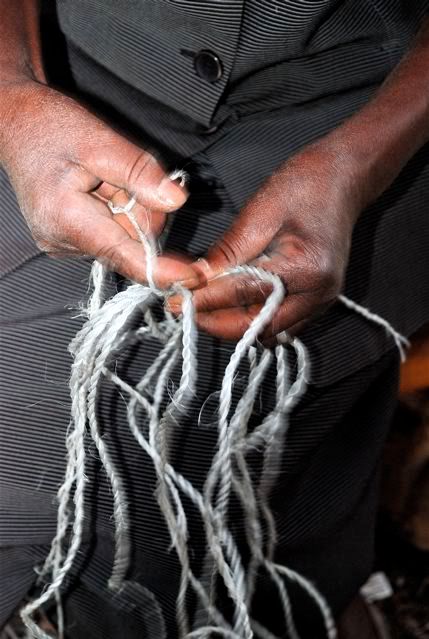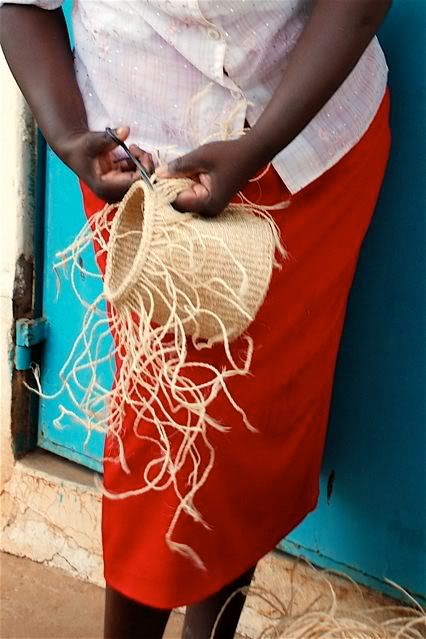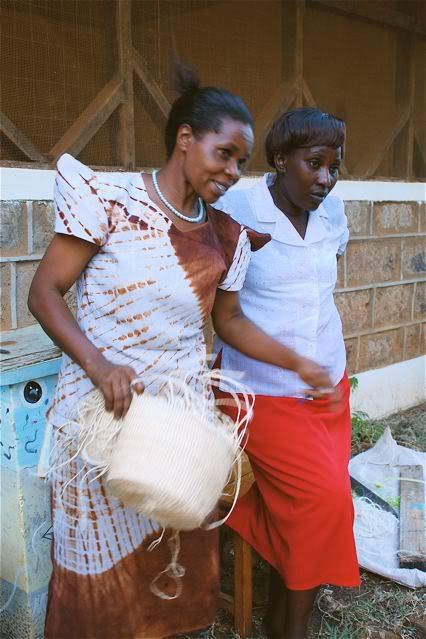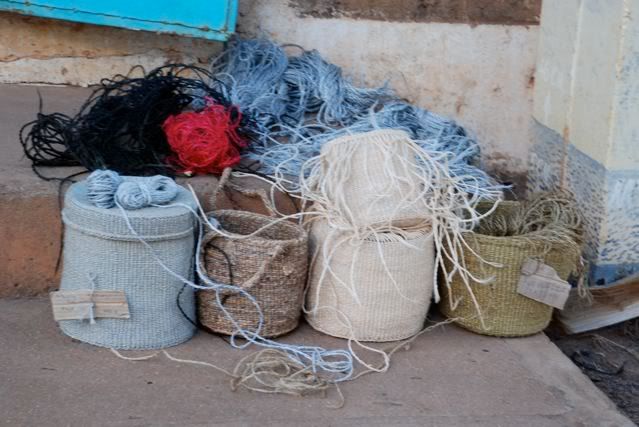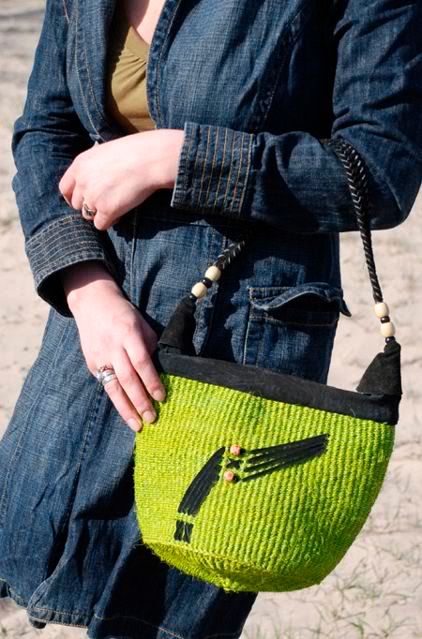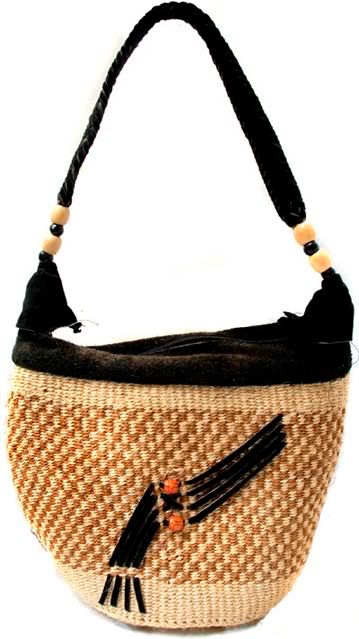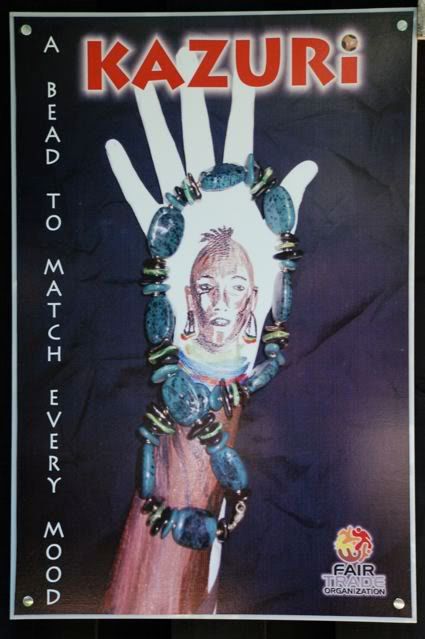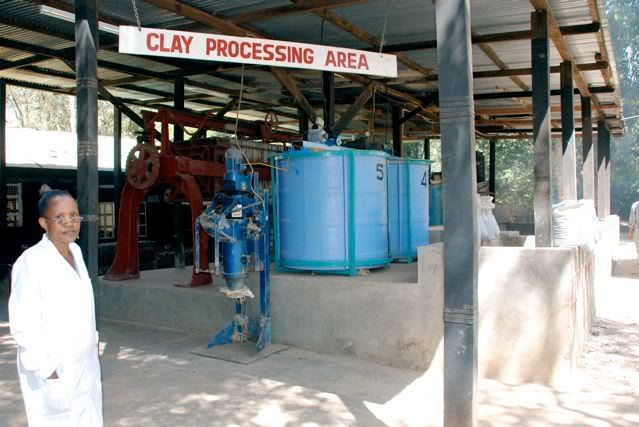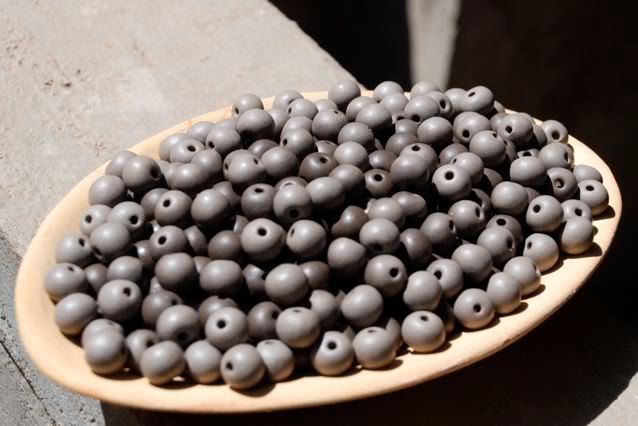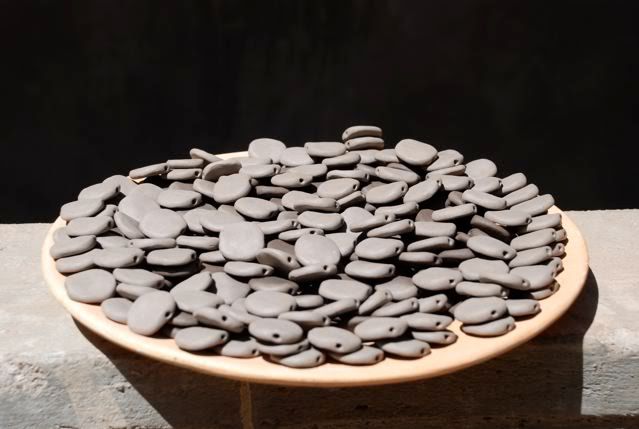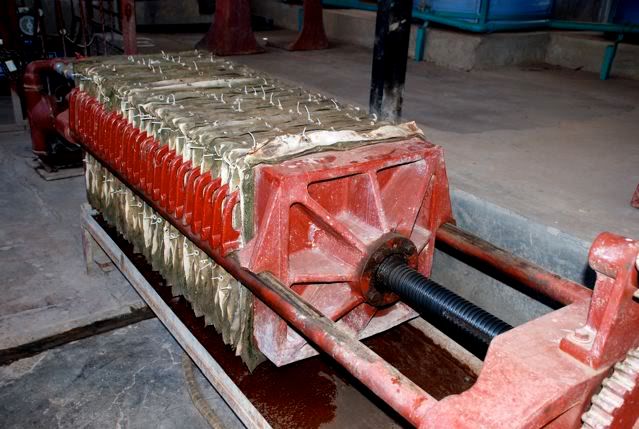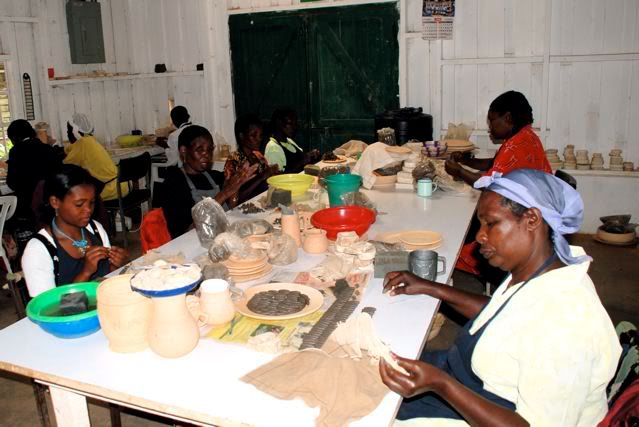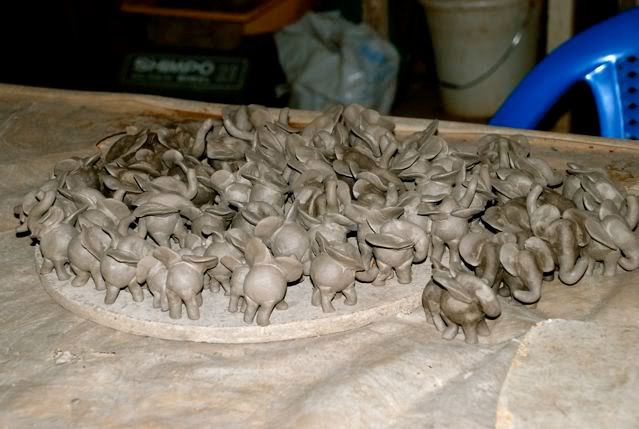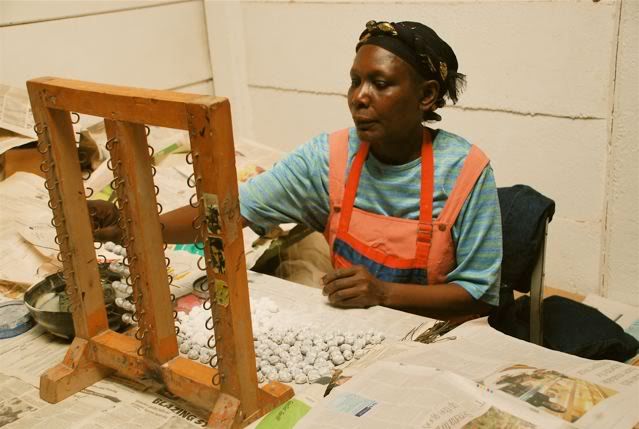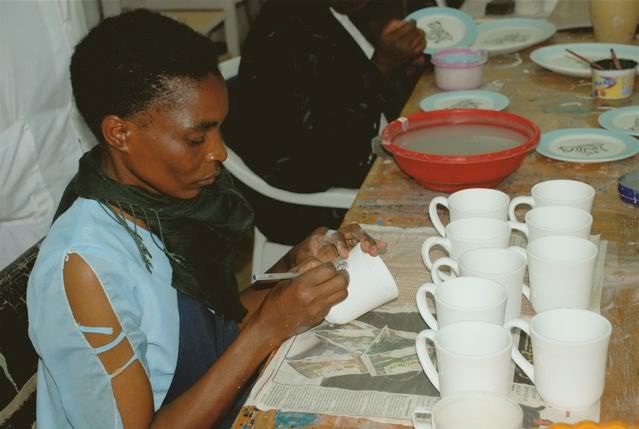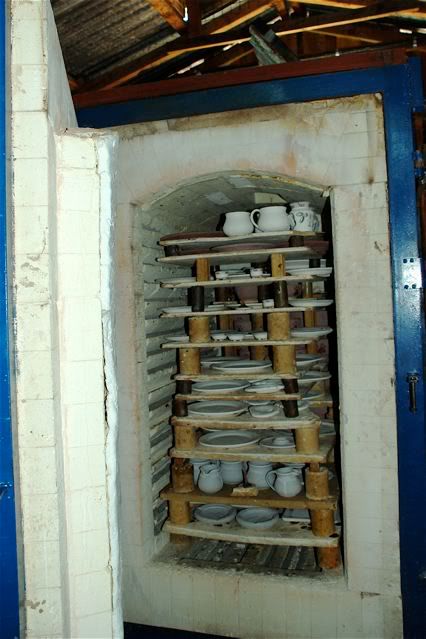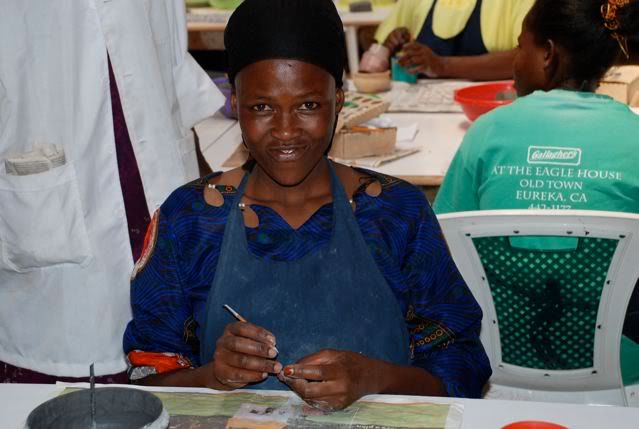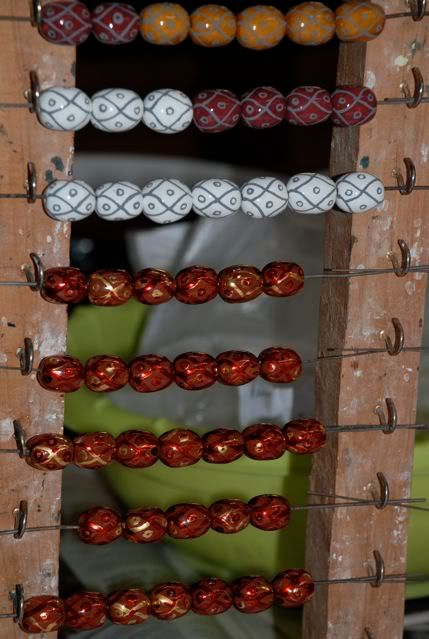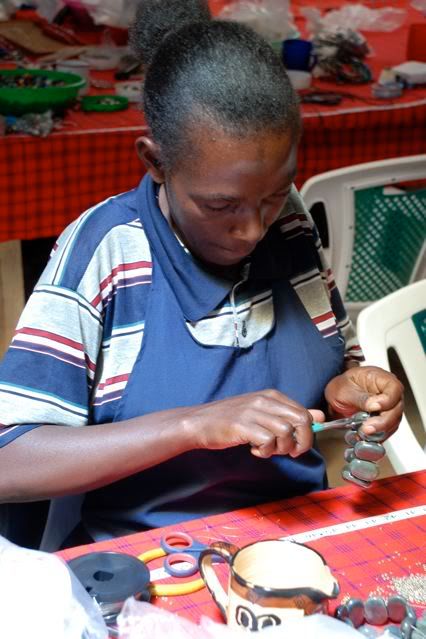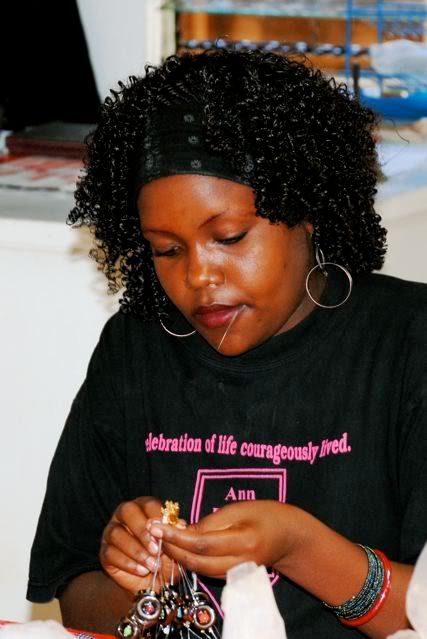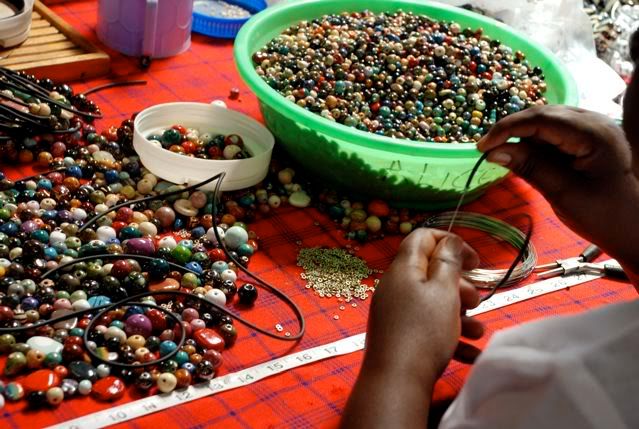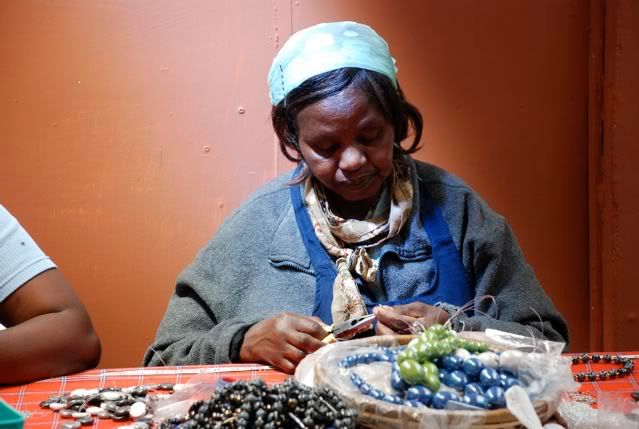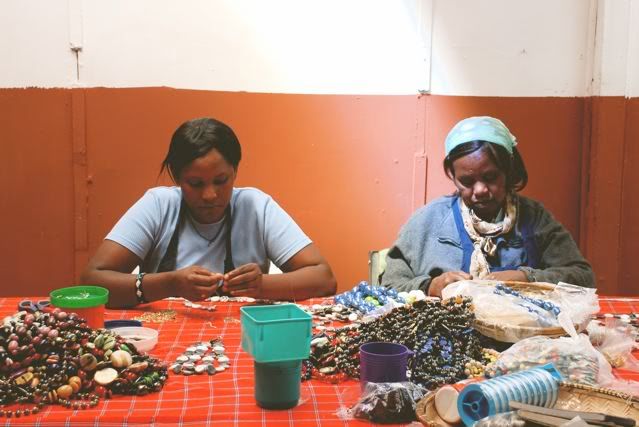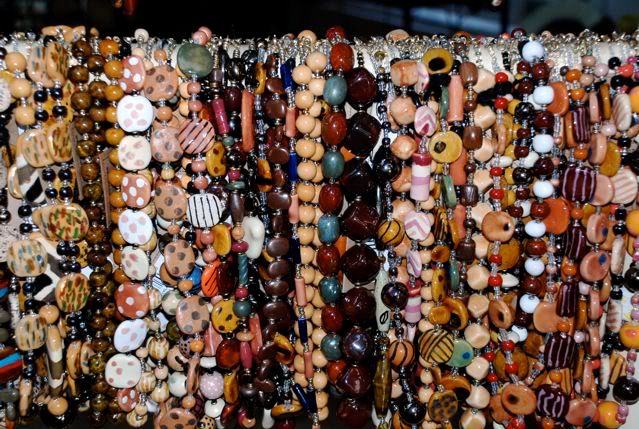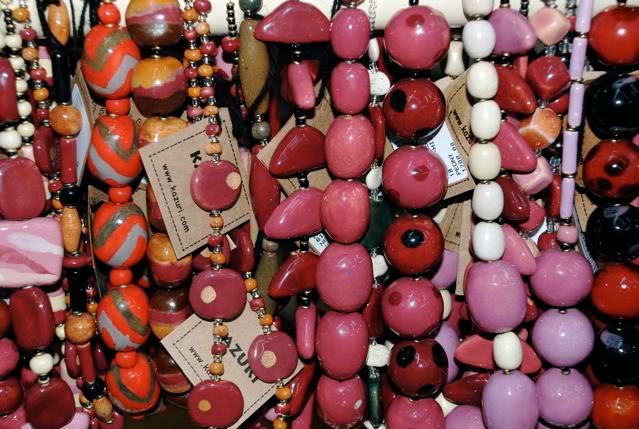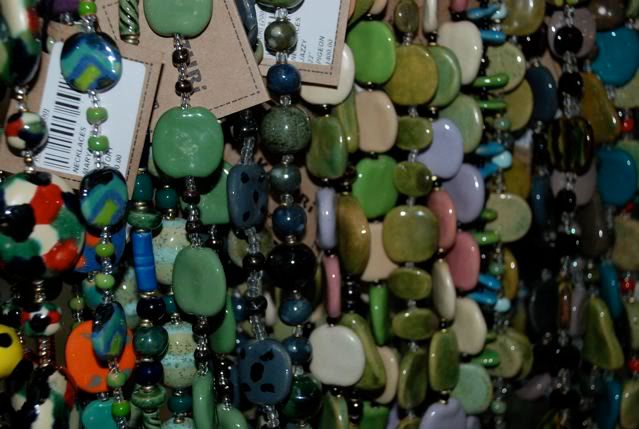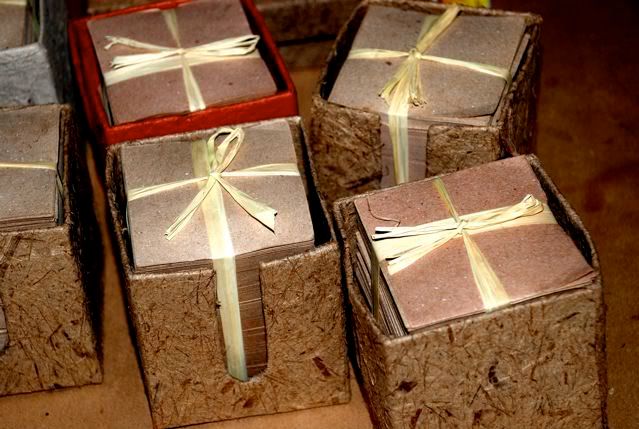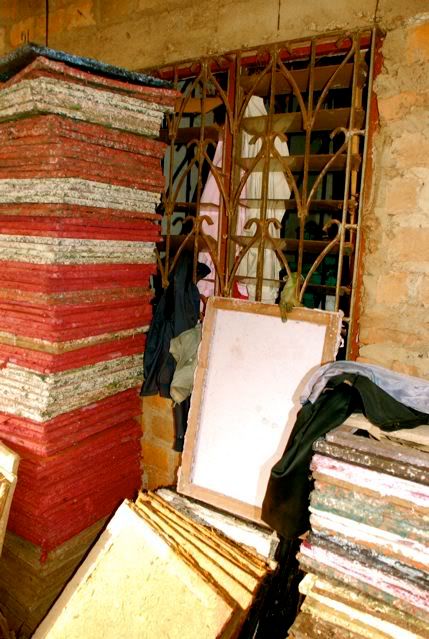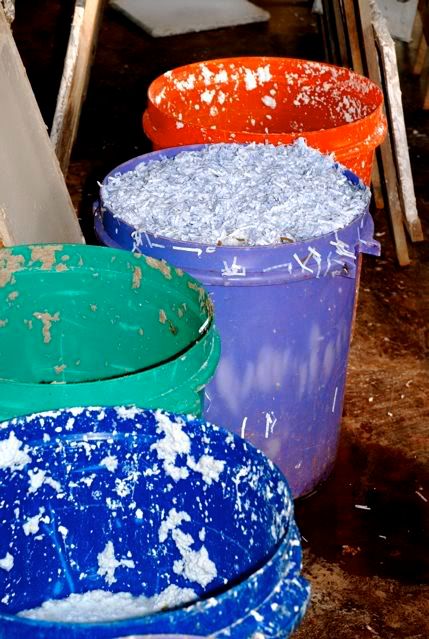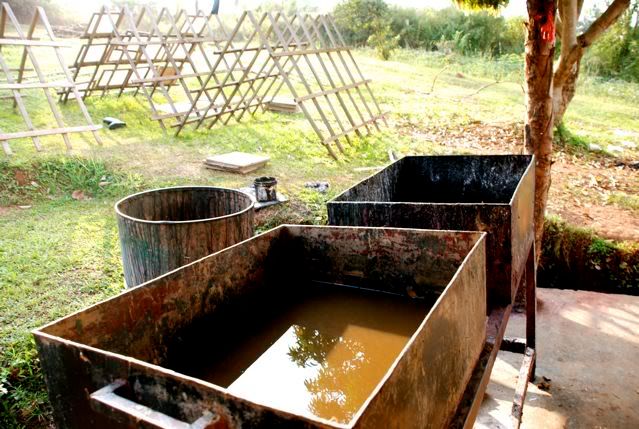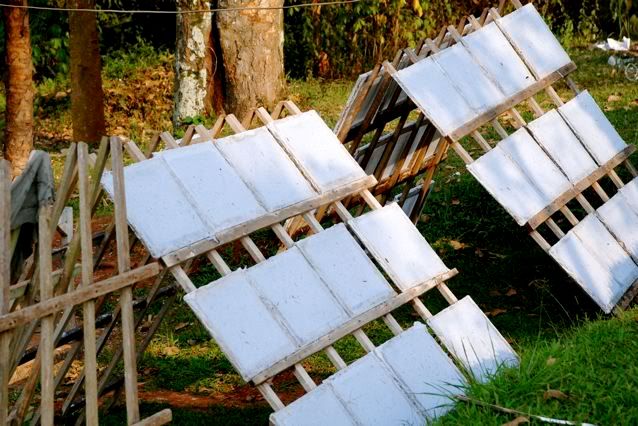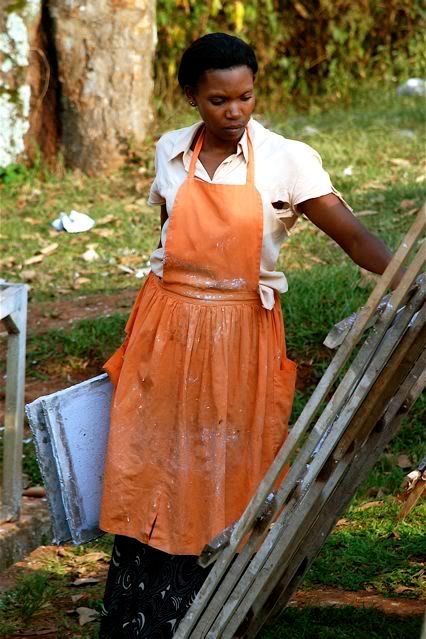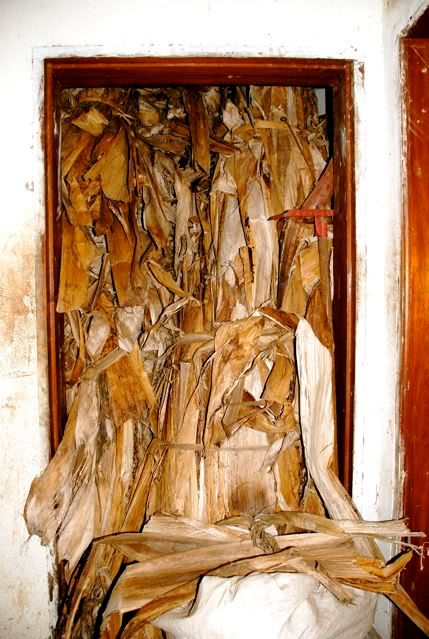Dear Friends and Supporters of Fair Earth,
I hope all is well!
I am writing to introduce you to one of our newest artisans - Cornelius - and his beautiful hand-made photo frames.

This is Cornelius.

Cornelius makes beautifully crafted hand-painted picture frames.

This is the front door of Cornelius’ one room home, which also serves as his workshop.

Cornelius inspires me.
Cornelius has a wife and four children. They live in the village near Kisii. He visits them once a month, and brings money for school fees, clothes, and other necessities. He cannot yet afford a place large enough to house all of them, as he cannot yet afford school fees in Nairobi.
Cornelius takes immense pride in his work, and he believes in himself. He told me that “the best is yet to come” – and that he knows if he keeps working hard to produce beautiful and unique picture frames, he will save enough money to bring his family home.
I met Cornelius “randomly” – otherwise known as a “divinely,” or “accidentally on purpose”. Sometimes the universe conspires to bring us what we are looking for, while also bringing someone else good fortune.
One of my missions on this trip was to work with our artists to produce picture frames. While speaking with one of our beaders, I happened to hear of a man named Cornelius who makes frames.
Cornelius’ striking work caught my eye immediately. I introduced myself, and we were engrossed in conversation about his craft, how and when he learned, his family, etc.
A couple days later, we walked from town through Muthurwa Hawkers Market and boarded a minibus to Kayole. Our particular minibus had loudspeakers and a TV screen at the front, and was blaring obscenely loud music videos from local DJs as we jolted over the sprawling landscape. Over an hour later, disheveled and with ringing ears, we disembarked near Kayole Primary school and he led us to his home.
“This is the origin of everything,” he said with a broad and proud smile on his face, stretching his hands out over the small one-room studio that serves as his home and workshop.

With great care and pride, he walked us through every step of the frame-building process. I wish all of you could see the look of satisfaction on his face as dutifully he explained, step by detailed step, the complicated process that goes into one frame’s construction.

Every single part of the frame is made by hand. He buys raw wood and brings it to the masons who cut it into boards. The board is notched and measured and cut at 45 degree angles with a hand-saw to make the frame structure.
It then must be nailed together, sanded, and perfected. At this time it is ready for painting or decoration. Cornelius has a wonderful design sense and puts exquisite detail into his picture frames. He tells me that “no one else in Nairobi can create my designs.”
The back stand for the picture frame is also made from hand-cut wood. After measuring and cutting, he uses a hand-drill to install the hinge. The stand is then covered with glue and black fabric.

I survey Corenelius’ one room workshop and am filled with intense admiration and respect. His bed is in the back, separated by thin curtain. Another curtain forms the doorway. Behind me is one window with no glass. And from this place hundreds of beautiful picture frames are produced with meticulous skill and care.
Cornelius learned to make frames (in the very rudimentary stage) in his secondary school program in Kisii. They had instituted a skills training program in handcrafts to preserve traditional crafts and encourage students to make use of their resources and creativity.
After getting married and having children, he decided to go to Nairobi and perfect his craftsmanship of picture frames so that he could support his family.


“How has business been for you? Have you been able to sell enough frames to make a good living?” I asked.
“Well, I have to say, after the past five years, business has not been fair.”
As a fair trade business owner, these words did not fall on welcome ears. “What do you mean?”
“What I mean is that there have been several people who have taken my frames on consignment, but have refused to pay after they have been sold . There was also one very large order which I have yet to recover from.”
He went on to tell us of an order for more than 5000 frames. Cornelius hired 18 people to help, and soon they were producing 100 frames a day – a number which again filled me with intense respect given the size and limitations of his workshop. After this order was delivered, he received only a small portion of the payment. The issue eventually went to court, where he learned that the person who had contracted him was bankrupt, and did not have the money to pay him.
After all of this, Cornelius still looks at me with hope-filled eyes and says, “But I am not worried, I am SURE the best is yet to come”

My heart was full as we were headed back to Nairobi. I sent Cornelius a text message saying, “Thank-you for showing us your workshop. You do very good work and I wish you much happiness and success.”
His response made my heart swell even more - “I was also proud of you. The way you accepted to visit that small workshop of mine. May God make our business prosper. ”

I am so excited that we are starting a business relationship with Cornelius that is FAIR, and can hardly wait to bring his products to you!
Fair Earth will be carrying a large selection of his frames – they will be available online and for purchase at the Andersonville Galleria come March. Remember—the best is yet to come!
Thanks for your continued support!
Sincerely,
Holly Elzinga
©2010 Fair Earth | Andersonville Galleria - 5247 N. Clark St. Chicago IL 60640


 Clay molds used for making recycled glass beads
Clay molds used for making recycled glass beads
 Four women from the Paper Craft team!
Four women from the Paper Craft team! Vats of paper pulp and dyes, and paper drying on screens in the sun
Vats of paper pulp and dyes, and paper drying on screens in the sun


















 Robinah with grandchildren Michael, and Millie
Robinah with grandchildren Michael, and Millie
 Holly and Millie
Holly and Millie
 Hand-rolled paper beads
Hand-rolled paper beads Paper beads, newly varnished, hanging to dry
Paper beads, newly varnished, hanging to dry Robinah’s sister helps with beadwork
Robinah’s sister helps with beadwork Robinah’s daughter Joyce, with children Millie and Michael
Robinah’s daughter Joyce, with children Millie and Michael
 Walking back to town from Robinah’s home
Walking back to town from Robinah’s home